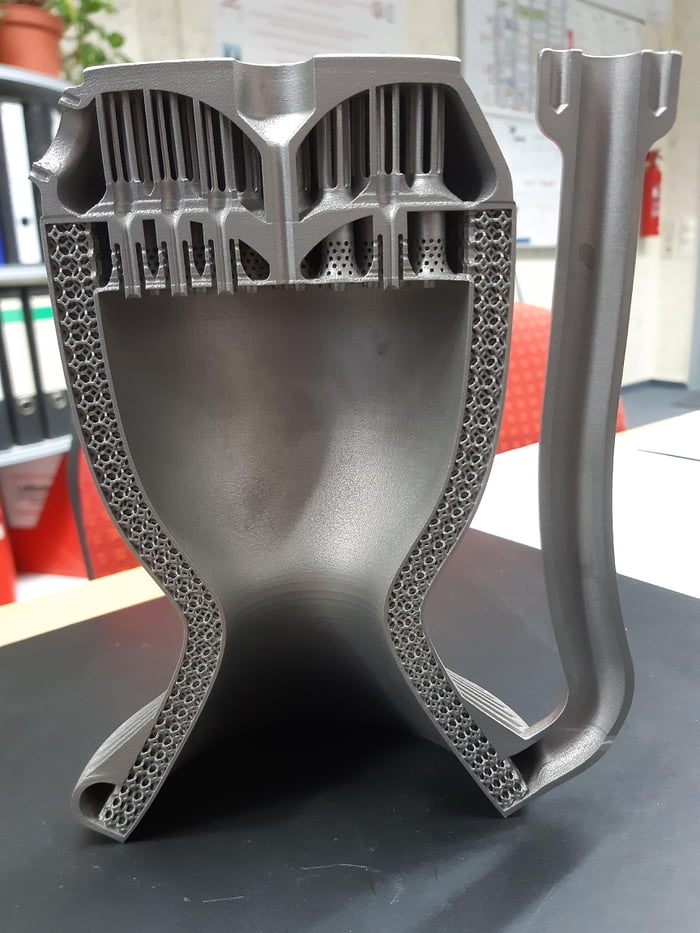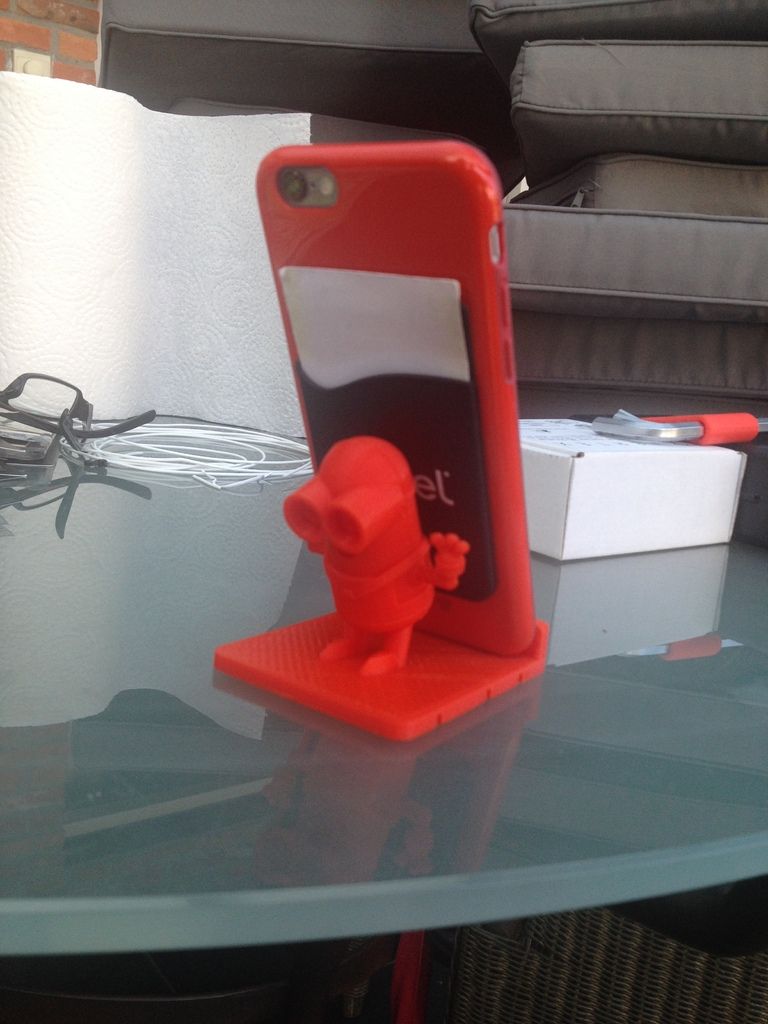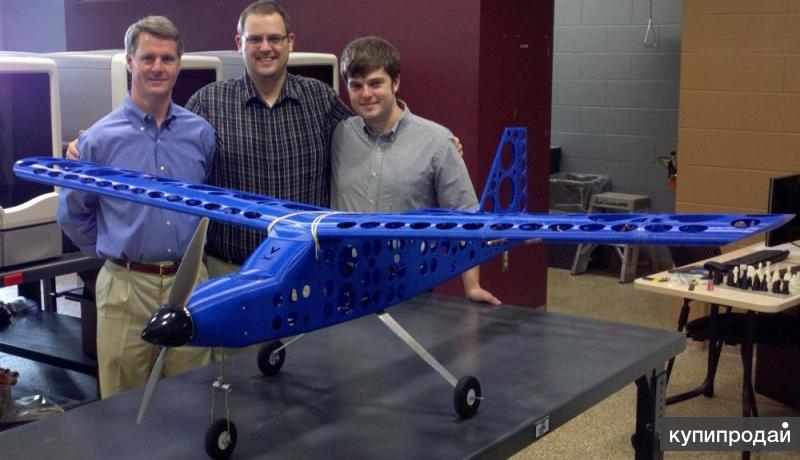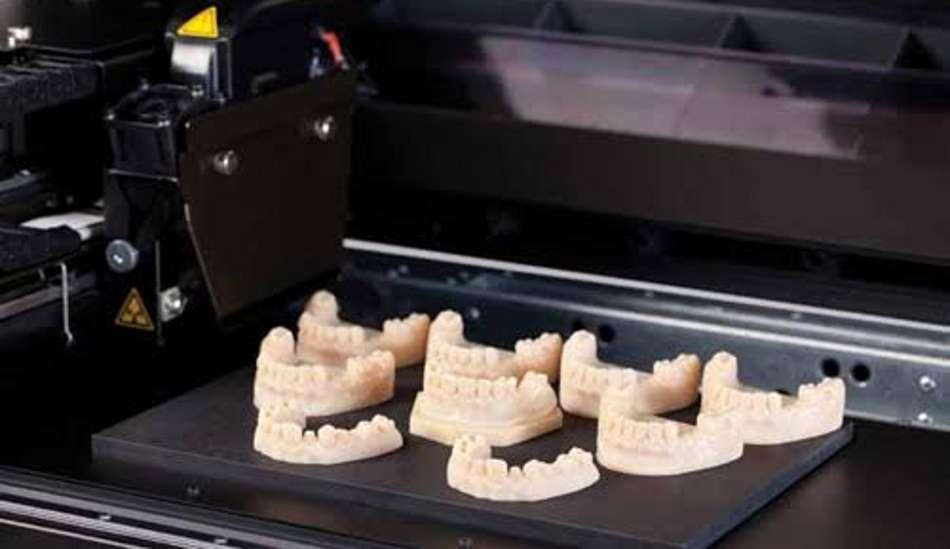3D printing rockets
Relativity Space
Scroll
FACTORY OF
THE FUTURE
ROCKETS BUILT AND FLOWN IN DAYS
Relativity's proprietary Factory of the Future centers on Stargate, the world’s largest metal 3D printers, that create Terran 1, the world’s first 3D printed rocket, and the first fully reusable, entirely 3D printed rocket, Terran R, from raw material to flight in 60 days. Relativity’s Stargate printers’ patented technology enables an entirely new value chain and innovative structural designs that make Terran 1 and Terran R possible. By developing its Factory of the Future and rockets together, Relativity accelerates its ability to improve design, production, quality, and speed.
Zero fixed tooling and radical part count reduction
LEARN ABOUT TERRAN
POWERING THE STARGATE PRINTER
METALLURGY
Relativity developed multiple proprietary alloys custom designed for 3D printing to meet mission-critical performance.
UNIFORMITY
Parts are inspected during and after printing to ensure they meet the highest standards of uniformity and quality.
THE FUTURE IS 3D PRINTEDFor 60 years, aerospace manufacturing has relied on large factories, fixed tooling, complex supply chains, and extensive manual labor to build costly rockets comprised of 100,000+ parts in 2 years or longer.
To accelerate innovation in the industry, Relativity built its Factory of the Future, the first aerospace platform to automate rocket manufacturing, vertically integrating intelligent robotics, software, and data-driven 3D printing technology. Incorporating Stargate, the world’s largest metal 3D printer with AI-driven controls, our Factory of the Future continuously optimizes production, resulting in greatly compounded quality and time improvements, lower costs, and product designs previously not possible.
Relativity is an application-layer 3D printing company that is starting with rockets, and will extend its Factory of the Future to all of aerospace.
Rigid Factories, Fixed
tooling & HIGH Labor Costs
100,000+ Part Count
24 Month Build Time
48 Month Iteration Time
Complex Supply Chain
High Physical Complexity
ADAPTABLE, SCALABLE
AUTONOMOUS ROBOTICS
<1,000 Part Count
2 Month Build Time
6 Month Iteration Time
Simple Supply Chain
Software Defined Factory
CHANGING THE WAY ROCKETS ARE BUILT AND FLOWN
Custom designed
for printing
- High strength alloys specially designed for Stargate printers
- Physical properties designed to meet mission-critical structural requirements
- In-house material characterization lab for quickly iterating on new alloy development
- Relativity developed multiple proprietary alloys custom designed for 3D printing to meet mission-critical performance
- Parts are inspected during and after printing to ensure they meet the highest standards of uniformity and quality.

UNIFORMITY
REAL-TIME QUALITY CONTROL
AND PART INSPECTION
- Intelligent data-driven manufacturing
- Machine learning control algorithms
- Collaborative additive and subtractive process enables complex geometry
Collaborative robotics
and path planning
- Verification and validation data captured during manufacturing
- Flexible and highly scalable system architecture
- Cloud-based manufacturing simulation and training
Careers
Scroll
CAREERS
CAREERS
View Open Positions
Relativity team members at our hanger at Launch Complex 16 in Cape Canaveral, FL
Celebrating World Creativity and Innovation Day 2022, Long Beach, CA Headquarters
Propulsion Test Technician working on our engine at our test facility in Stennis, MS
GO/NOGO polling from the control room at Cape Canaveral, FL
2022 Aerospace Games in Long Beach, CA
You're a multihyphenate human who thrives where engineering meets creativity.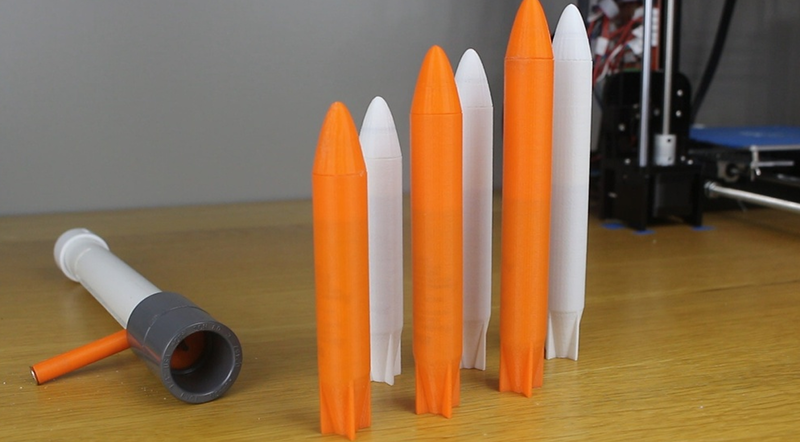 And we at Relativity defy labels, exceed expectations, and push through boundaries. From day one, you'll get to work on cutting-edge technology and solve complex problems in creative ways that haven't been done before. By creating the world's largest metal 3D printers, Relativity is taking 3D printing to new heights, starting first by creating orbital rockets, Terran 1, the world's first 3D printed rocket and Terran R, the first fully reusable, 3D printed rocket. With the ultimate goal of building humanity's multiplanetary future, Relativity is expanding the possibilities of the human experience by upgrading humanity's industrial base on both Earth and Mars. Want to create new worlds while protecting our own? Join our team and help create the future of manufacturing.
And we at Relativity defy labels, exceed expectations, and push through boundaries. From day one, you'll get to work on cutting-edge technology and solve complex problems in creative ways that haven't been done before. By creating the world's largest metal 3D printers, Relativity is taking 3D printing to new heights, starting first by creating orbital rockets, Terran 1, the world's first 3D printed rocket and Terran R, the first fully reusable, 3D printed rocket. With the ultimate goal of building humanity's multiplanetary future, Relativity is expanding the possibilities of the human experience by upgrading humanity's industrial base on both Earth and Mars. Want to create new worlds while protecting our own? Join our team and help create the future of manufacturing.
As a partner of NASA’s Stennis Space Center and the U.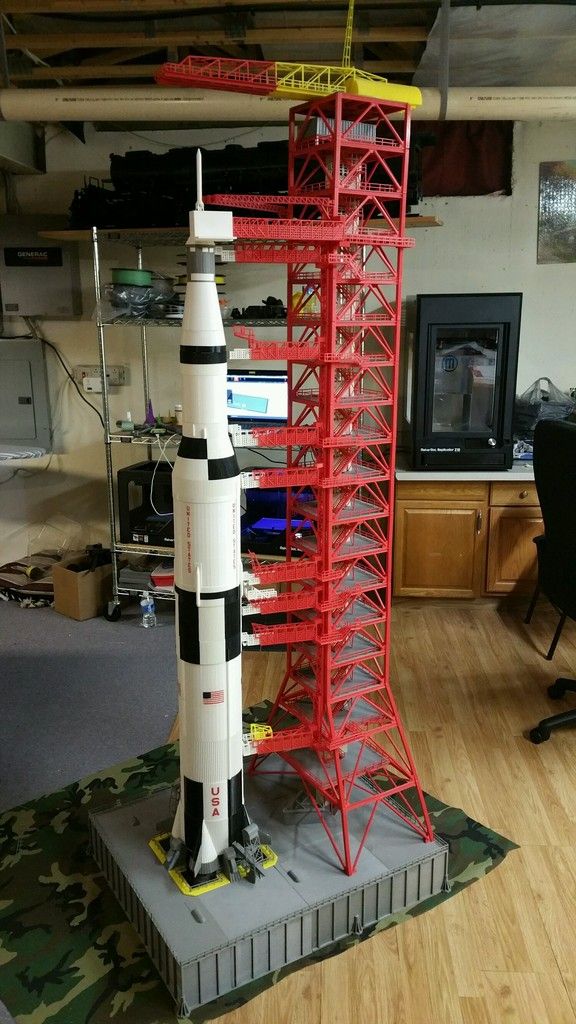 S. Air Force, Relativity operates multiple production, test, and launch sites across the country. Whether you want to work at our headquarters in California, our testing facilities in Mississippi, or our launch complex in Florida, Relativity has a spot for you.
S. Air Force, Relativity operates multiple production, test, and launch sites across the country. Whether you want to work at our headquarters in California, our testing facilities in Mississippi, or our launch complex in Florida, Relativity has a spot for you.
View All Locations
AUDACITY
Challenge convention in pursuit of an expansive future.
RELENTLESSNESS
Focus on achieving intentionally meaningful results.
WONDER
Approach the world with awe and a deep desire to create.
Humanity
Expand possibilities for the human experience in this world – and beyond.
We are committed to our team member’s health, well-being, and growth.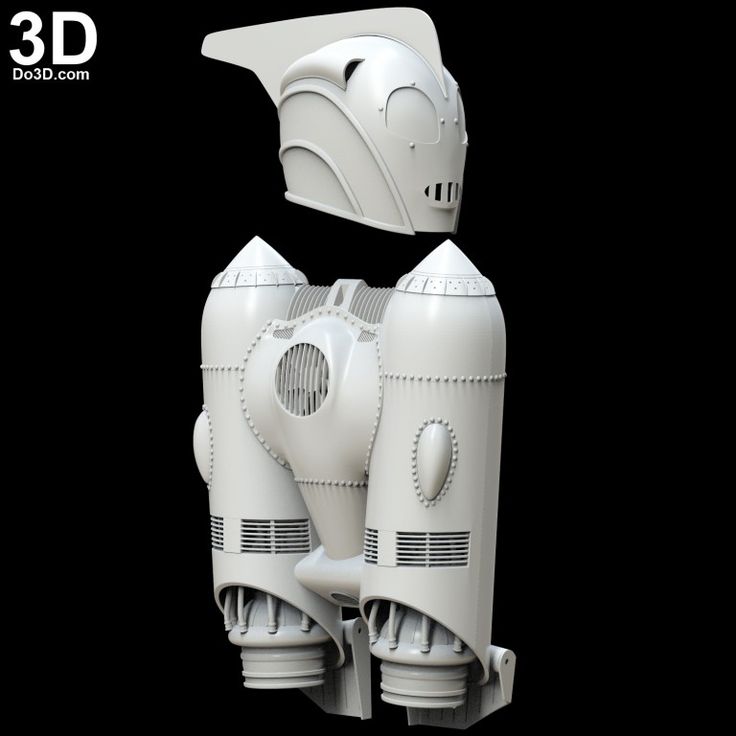
We offer high-quality care plans for health, dental, and vision, and provide an additional stipend for employee wellness.
COMPETITIVE COMPENSATIONIn addition to receiving a competitive salary and 401(k), team members are eligible to receive equity.
WORK / LIFE INTEGRATIONWe observe 11 company holidays and have a generous PTO policy.
TEAM CAMARADERIEOur team connects and recharges with monthly lunches, game nights, holiday celebrations, and offsite events.
Parental Leave and Family Building
We offer generous parental leave and provide a $10,000 stipend for fertility, adoption, and other family-building benefits.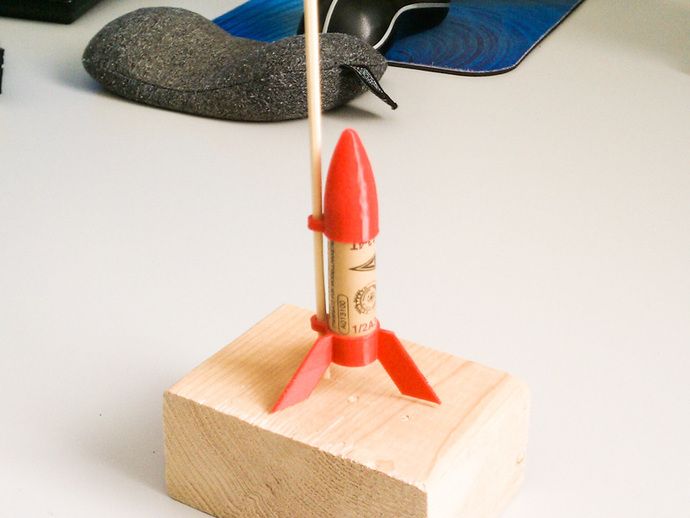
LEARNING AND DEVELOPMENT
Our $2,000 annual learning stipend allows you to develop your professional skills and accelerate your career. We also have constant training opportunities, company Lunch and Learns, and access to industry conferences.
We look forward to welcoming you and building a multi-planetary future – for everyone!
We believe empowering people from different backgrounds, identities, and perspectives will advance our mission and enable us to build the highest-performing team possible. Diversity, equity, and inclusion are integrated into Relativity’s DNA, and we continuously take steps to advance our culture of belonging internally and externally.
Through our Inclusion Champion Program and Inclusion 30 Conversations, our team members advocate for DEI and consistently drive our mission forward. By partnering with organizations like the Los Angeles’ Racial Equity & Newly Empowered Workplaces (RENEW) Task Force, Aerospace 2030, and the City of Long Beach’s Space Beach Mentorship Program, we seek to inspire and build a more inclusive future for aerospace.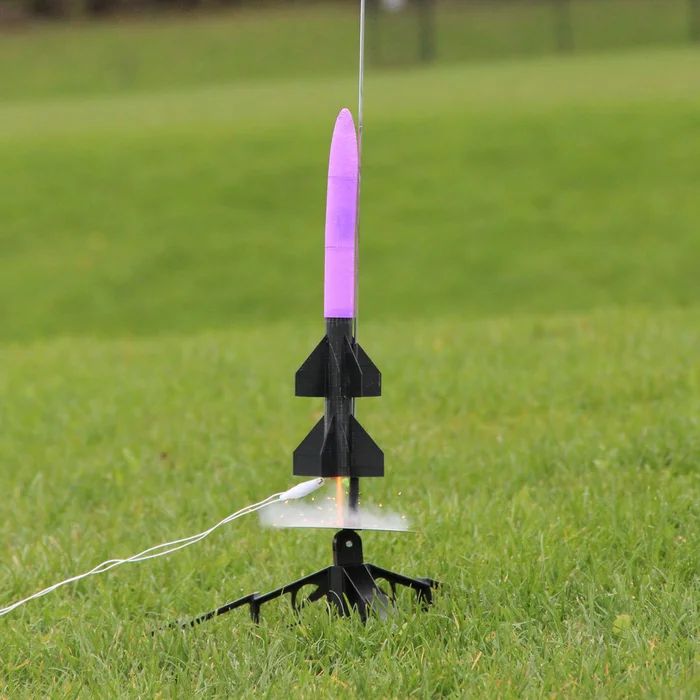
Relativity team. Pride celebration at Long Beach, CA Headquarters
Full-time positions are listed below. Students can view the list of internships here.
How Relativity Space prints rockets on a 3D printer
Relativity Space co-founder, CEO Tim Ellis / Relativity Space / AFP
Relativity Space is printing a metal space rocket on a 3D printer that it invented specifically for this purpose. Almost all: 95% is printed, and the remaining 5% falls on electronics, seals and some other elements. 3D printing has many advantages. She's cheaper. She's faster. It is made on the spot, no need to wait until the parts are brought from another factory. It is stronger: fewer places for fastening parts.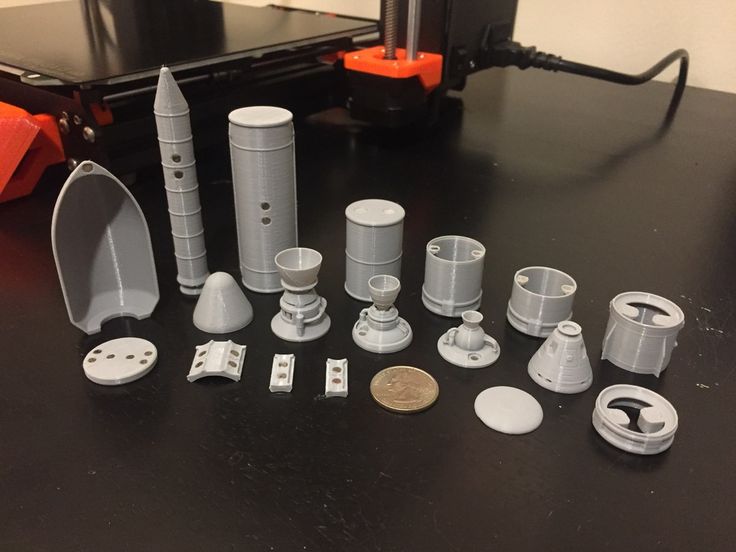 “The Shuttle had 2.5 million parts,” says Relativity Space co-founder Tim Ellis. “According to our estimates, SpaceX and Blue Origin have reduced this number to 100,000 per rocket. We have a thousand - less than in your car. nine0003
“The Shuttle had 2.5 million parts,” says Relativity Space co-founder Tim Ellis. “According to our estimates, SpaceX and Blue Origin have reduced this number to 100,000 per rocket. We have a thousand - less than in your car. nine0003
Many space companies use 3D printing, but only for individual components. Skeptics insist that no one knows how the printed rocket will behave during takeoff and in space. So far, the startup's first rocket, Terran 1, has successfully passed all ground tests. The first copy for a real flight is collected slowly and carefully checked. Now it is ready for 85%. A test flight is scheduled for the end of this year. But investors believe in the idea. Last November, Relativity Space completed a series funding round and raised $500 million. After that, according to research company Pitchbook, with a business valuation of $2.3 billion, Relativity Space became the second most valuable venture capital-funded space company in the world. In 1st place, of course, SpaceX (however, Pitchbook does not include Blue Origin in the rating, which is fully funded by Jeff Bezos). nine0003
nine0003
Relativity Space has since raised another round, raising $650 million, based on a company-wide valuation of $4.2 billion. reusable. After all, competitors do not sleep. Relativity Space is just one of more than a dozen rocket companies created in the last 10 years.
Launch from Mojave
Ellis was born in 1990 in Texas. He is the eldest of three children of an architect father and a dentist mother. As a child, Ellis was fond of Lego and persuaded his parents to buy about 200 sets. He immediately threw away the instructions from them and collected the spaceships he invented himself. Until now, the thumb of his right hand, when at rest, arched back more than his left - Ellis assured the Los Angeles Times that this was the result of long hours when he assembled and disassembled the parts of the designer. nine0003
As Ellis got older, he began making amateur films with his friends, mostly action movies, where the characters were often confronted by zombies.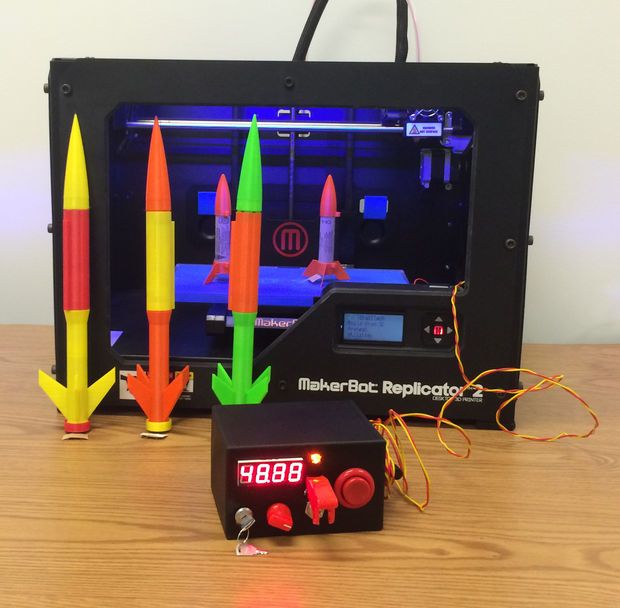 He entered the University of Southern California to become a screenwriter. But already in his first year, he became interested in the profession of an aerospace engineer and joined the Rocket Propulsion Lab at the university, which was engaged in the development of rockets.
He entered the University of Southern California to become a screenwriter. But already in his first year, he became interested in the profession of an aerospace engineer and joined the Rocket Propulsion Lab at the university, which was engaged in the development of rockets.
The University of Southern California is known for its space program. Its alumni include Apollo 11 commander Neil Armstrong, astronaut and former head of NASA Charles Bolden, and Dana Rohrabaker, chairman of the House Space and Aeronautics Subcommittee. There are several laboratories where students create real rockets and satellites. “I was amazed,” Ellis recalled in an interview with the university website about the first time he went to test the rocket engine he designed and built with his comrades in the Mojave Desert. – I always advise students: take part in practical classes. So you will understand why you need to study this or that differential equation, scheme or line of code. nine0003
They wanted to be the first student group to launch a rocket into space.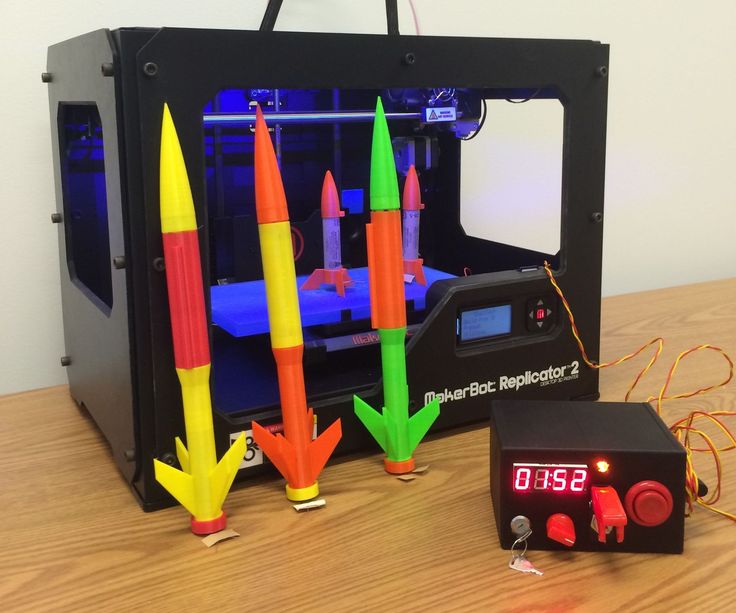 But, having carried out dozens of successful launches, they did not even achieve a suborbital flight - this was done by their successors in 2019, having developed more powerful engines.
But, having carried out dozens of successful launches, they did not even achieve a suborbital flight - this was done by their successors in 2019, having developed more powerful engines.
Why leave Bezos and Musk
At Rocket Propulsion Lab, Ellis met and became friends with classmate Jordan Noone. Then their paths diverged for a while. Noon went to SpaceX, where he worked, among other things, on the Dragon 2 spacecraft. His emergency rescue system uses a 3D printed SuperDraco engine. nine0003
Ellis interned for three summers at Bezos' Blue Origin, and after graduation he was accepted full-time. He convinced Bezos to create a metal 3D printing division (by then many competitors, including Boeing, were doing it). He also created it from scratch. The traditional way of producing parts is turning on a lathe, stamping or casting with a mold. In 3D printing, robotic arms deposit layer upon layer of molten metal. A printed rocket has fewer parts, and therefore, places to connect them using welding, rivets, etc.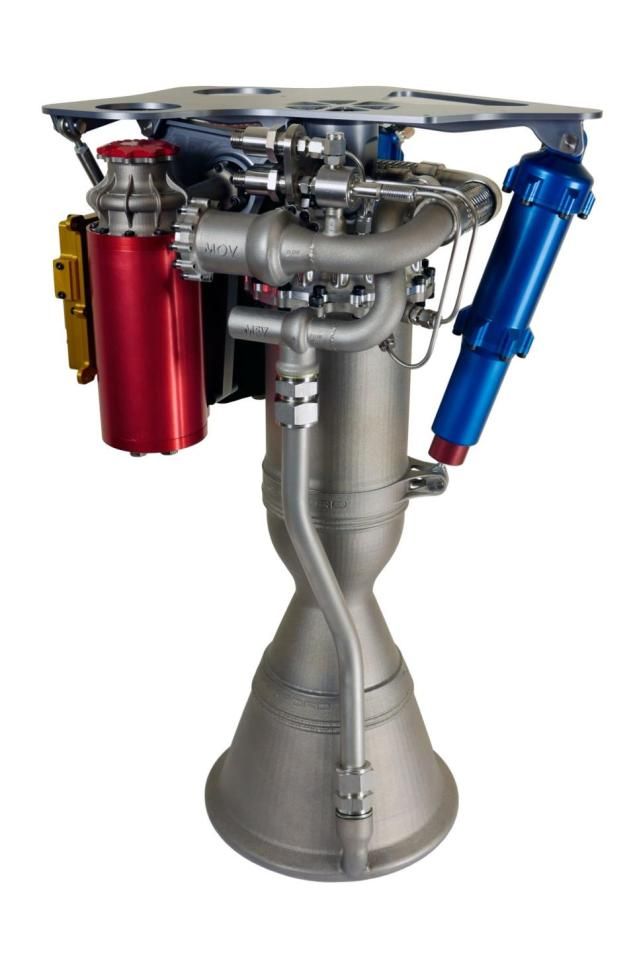 , and therefore fewer vulnerabilities. Skeptics object that if defects are found, the entire part has to be discarded and its manufacture must be started anew. But Ellis says that Relativity Space has developed a way to restart the printing process from the right place. “3D printed rockets are the future of rocketry and space exploration,” he told Inc. magazine. nine0003
, and therefore fewer vulnerabilities. Skeptics object that if defects are found, the entire part has to be discarded and its manufacture must be started anew. But Ellis says that Relativity Space has developed a way to restart the printing process from the right place. “3D printed rockets are the future of rocketry and space exploration,” he told Inc. magazine. nine0003
Ellis and Noon often called each other and talked about rockets, although they worked for different space companies. They put together a rough cost structure to understand why rockets are so expensive. “80 to 90% goes to wages,” Noon told Bloomberg. 3D printing can dramatically reduce these costs.
Ellis once mentioned that he was going to start a startup to 3D print entire rockets. He later admitted to Inc. that he tried to get Bezos to print more parts for the rocket, but his suggestions were never fully implemented. Then he decided to take up rocket science himself. Noon liked the idea. Both left in December 2015 to create startup Relativity Space. nine0003
nine0003
“I never saw him give up, give up, or fail to solve a problem, even a really difficult one,” Ellis told the Los Angeles Times of Noon. “I knew our startup was going to have a lot of problems, and he was the right person to make it all work.” And Noon noted: “I am strong in technical and practical aspects, and Ellis is strong in creative thinking and non-standard solutions.”
For 1 kg of satellite
Relativity Space received its first money from venture investor Mark Cuban. Ellis and Noon made about 20 attempts to guess Cuban's email address, as Cuban preferred texting to other forms of communication. Some of the letters were returned with a note that such an address does not exist, some got to other people. But one of the addresses turned out to be correct, and Cuban read the letter with the headline "Space Is Sexy: 3D Printing of an Entire Rocket." Ellis and Noon asked for $100,000. Cuban, after five minutes of texting them, agreed to invest $500,000 (although they had to wait two months to check if they were fraudsters).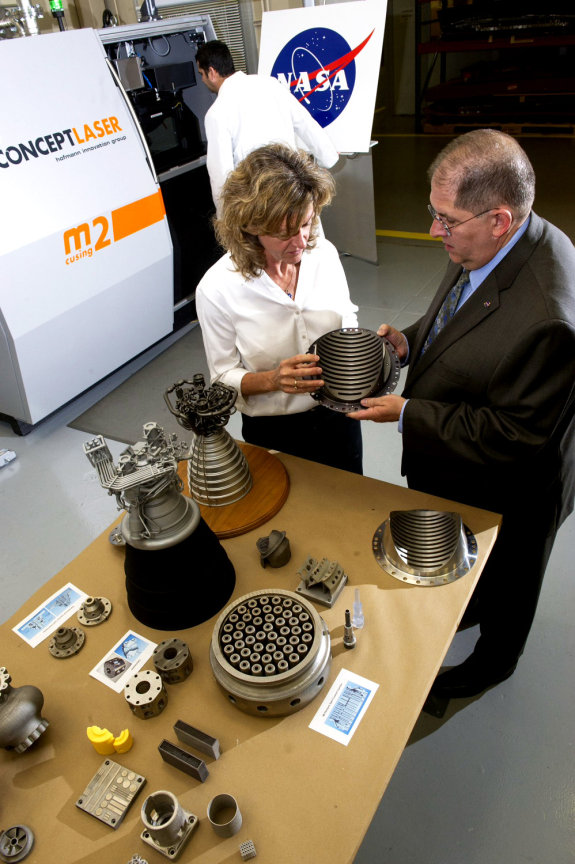 “They are smart, resourceful, driven and always learning,” Cuban wrote in an email to The Times. “These are exactly the traits I look for in innovators.” nine0003
“They are smart, resourceful, driven and always learning,” Cuban wrote in an email to The Times. “These are exactly the traits I look for in innovators.” nine0003
First, the startup needed to create a huge 3D printer - there were no models on the market suitable for their purposes. A lot of effort was put into this. But now the latest generation printer is able to print a part up to 32 feet (almost 10 m) high, while the height of the Terran 1 rocket is 115 feet (35 m). Ellis and Noon say that even if the rocket venture fails, they can always cash in on the sale of industrial 3D printers.
Terran 1 /Relativity Space
Created with Cuban's money, the first printer could print parts half the size of the last generation. But the working rocket engine printed on it made an impression on investors. First, they invested almost $10 million in the startup, then another $35 million, and in October 2019d. - another $ 140 million. Ellis and Noon planned to stop there. They did not want to dilute their share, and the funds raised should have been enough for the time before the first commercial launch, if they worked without haste.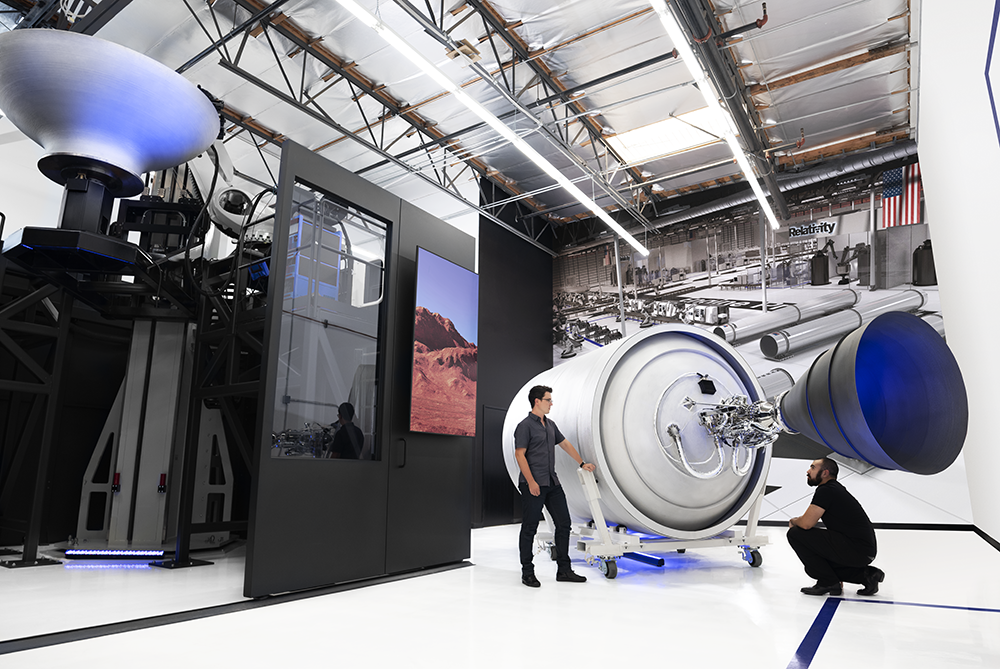 But in November 2020, another $500 million round of funding was raised. As Ellis explained to CNBC, “the development and scaling of the project needs to be accelerated.” That summer, the startup moved to a new 11,000-square-meter headquarters in Long Beach, California. m, where there will be a site for the production of rockets (the most important thing is that their new printer climbed there in height). Over the past year and a half, the company has more than doubled the number of employees. She now has 400+ people and plans to hire 200 more this year.
But in November 2020, another $500 million round of funding was raised. As Ellis explained to CNBC, “the development and scaling of the project needs to be accelerated.” That summer, the startup moved to a new 11,000-square-meter headquarters in Long Beach, California. m, where there will be a site for the production of rockets (the most important thing is that their new printer climbed there in height). Over the past year and a half, the company has more than doubled the number of employees. She now has 400+ people and plans to hire 200 more this year.
Ellis told Inc. that they already have $1 billion in launch contracts from government and commercial entities. Terran 1 can carry up to 1250 kg of payload. This is smaller than SpaceX's Falcon 9, but larger than Rocket Lab's Electron. Relativity Space is targeting a mid-sized satellite niche, much like a car, Ellis said. Its competitors are the Russian Soyuz-2-1V and the European Vega. Or the same Electron, if Terran 1 displays several small satellites at once.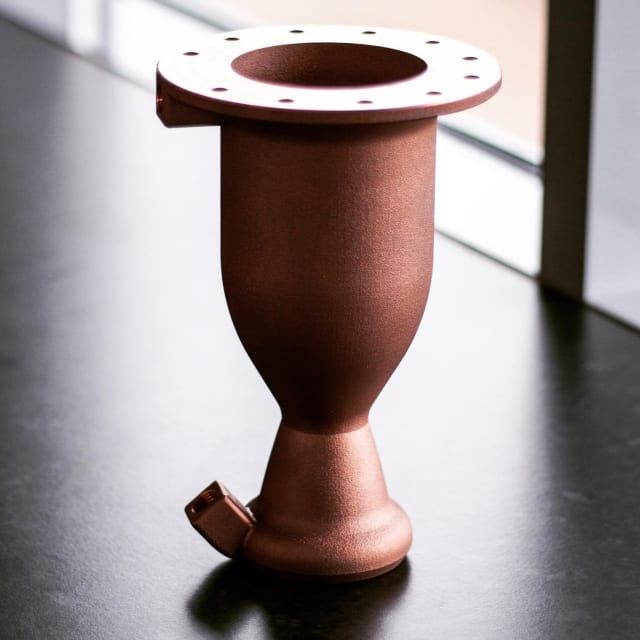 nine0003
nine0003
The launch cost of Terran 1 is $12 million, i.e. slightly less than $10,000 per 1 kg. Last year, Roscosmos CEO Dmitry Rogozin announced a more than 30% reduction in the price of launch services for a number of satellites to the level of SpaceX: to $15,000–17,000 per 1 kg instead of $20,000–30,000.
Target Mars
The competitive advantage of Relativity Space is not only in cost, but also in the fact that it can print a rocket to customer requirements, changing both the diameter of the rocket and the shape of the fairing for the satellite - of course, within the limits allowed by aerodynamics, Forbes explained. And she can do it quickly. Once the technology has been proven in practice, Relativity Space is going to print the rocket in 30 days and take another 30 days for pre-launch tests, Ellis told Scientific American. According to him, even SpaceX takes 12 to 18 months to build a conventional rocket. But Musk claims that his reusable rocket is ready for a new flight 51 days after the previous launch. nine0003
nine0003
So in June, Relativity Space raised another $650 million from investors to accelerate the development of its own reusable Terran R rocket (of course, also almost completely printed on a printer). Its first launch is scheduled for 2024. It will be larger than the first one - 216 feet (66 m) high and designed for 20 tons of payload.
For Ellis and Noon, the main thing is that this project is another step towards interplanetary flights. Musk is looking for a way to get colonists to Mars, and Ellis and Noon are hoping to help them settle on the Red Planet. "If you believe - and I believe - that Elon [Musk] and NASA will send people to Mars, then <...> they will need a whole bunch of things," Ellis told CNBC. “Our printers are reducing the amount of infrastructure that would need to be transported from Earth to Mars in order to establish a colony there,” explained Noon Inc. – Traditionally, you need to send tons of equipment for a factory that will be able to produce factories that, in turn, will produce cars, houses, warehouses . .. In our vision of the future, you simply send a 3D printer to Mars that prints everything using Martian raw materials it". In a speech to the students of his alma mater, Ellis added: “We are going to 3D print the first rocket made in Mars <...> I don’t see a future in 50 years in which rockets will not be 3D printed. It just doesn't make sense otherwise, because printing is much easier and cheaper." nine0003
.. In our vision of the future, you simply send a 3D printer to Mars that prints everything using Martian raw materials it". In a speech to the students of his alma mater, Ellis added: “We are going to 3D print the first rocket made in Mars <...> I don’t see a future in 50 years in which rockets will not be 3D printed. It just doesn't make sense otherwise, because printing is much easier and cheaper." nine0003
Media news2
Do you want to hide ads? Subscribe and read without distraction3D printing of mixed propellant / Sudo Null IT News
To start the video.
3D printed propellant blend - we did it. After a hundred experiments, several waves of despair and stages of acceptance of the inevitable. Made and patented.
The developed technology for the additive production of solid propellant charges (SFC) from mixed propellant propellant (SRT) for a solid propellant rocket engine (SRM) using the FDM printing method includes: a special SPT composition with the required energy and operational parameters, the layer-by-layer synthesis 3D printer itself for printing rocket fuel; and several related technologies.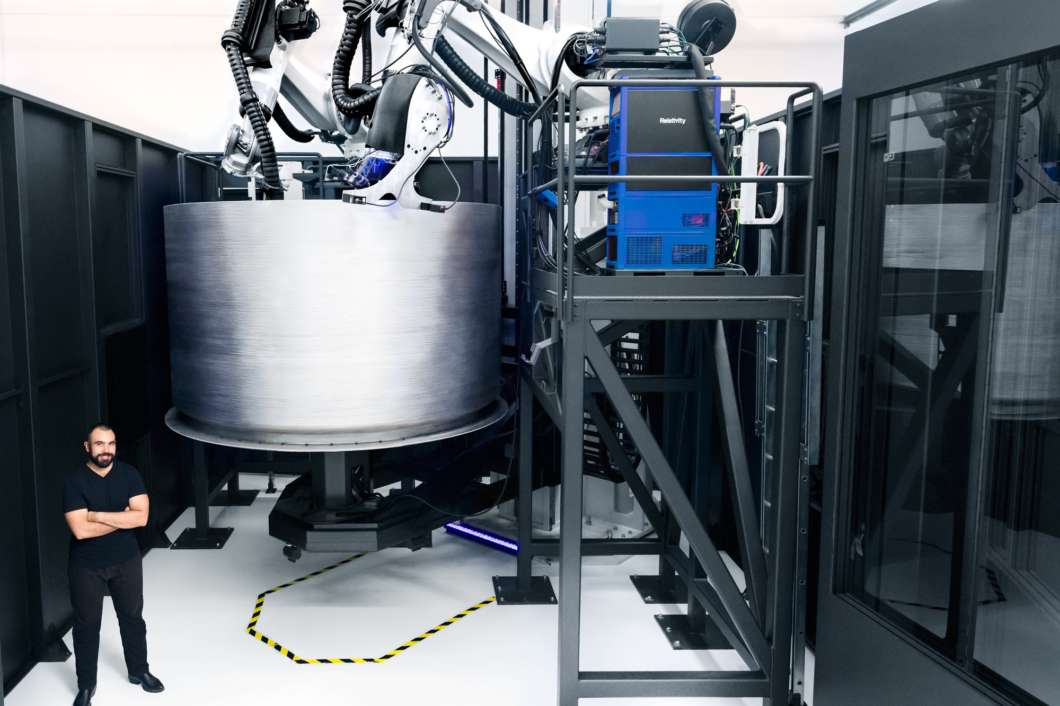 nine0003
nine0003
What is all this for?
Yes, then, in order to “disrupt” the rocket and space industry, and in particular, “disrupt” solid rocket science, which makes up 99.9% of all rocket science, and which now suffers from many shortcomings (pains) inherent in the current technology for creating TTZ.
Firstly, 3D printing is devoid of all the shortcomings of modern TTZ manufacturing technologies. The production of mixed solid polymer propellants for solid propellant rocket engines (SSREs) today is represented by casting (vacuum and pressure) and pressing through a matrix. Casting is characterized by all defects of a rheological nature: volumetric shrinkage, lugs, bays, etc.; and pressing has a strict limitation of the geometric parameters of the TTZ and additional operations in the technological process associated with ensuring safety. After casting and pressing, TTZ is usually machined, in most cases by hand. In general, the current technologies for the manufacture of TTZ after the polymerization and cooling process have a large proportion of defects associated with product cracking.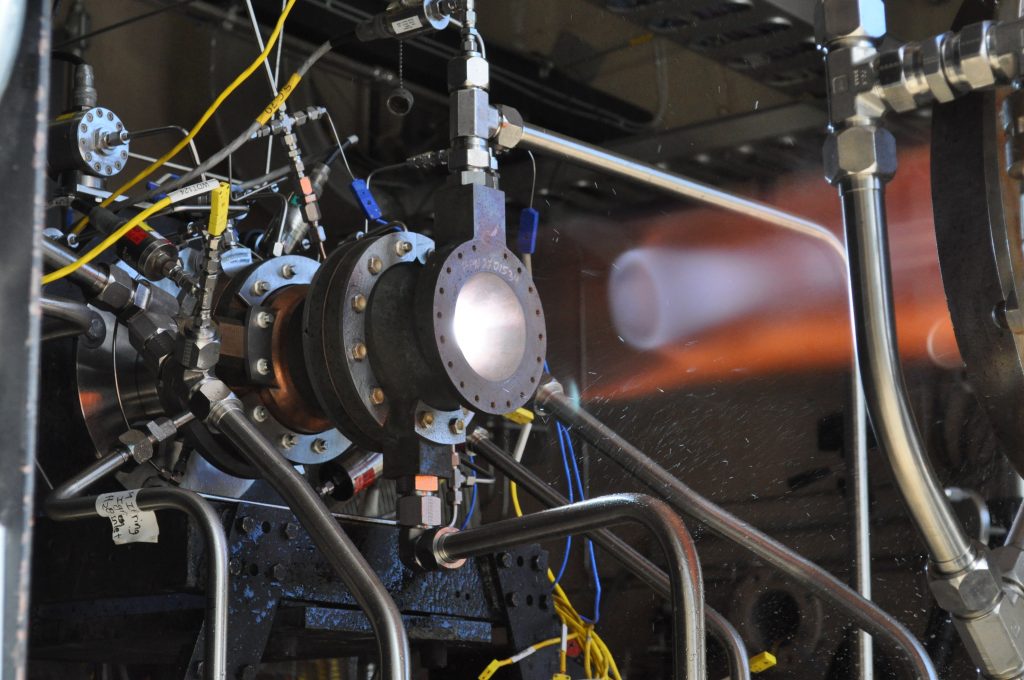 Plus, the need for a huge range of technological equipment for molding combustion channels (profiled needles, multi-piece needles, fingers, etc.). and additional equipment to ensure the tightness of the process (inserts, cuffs, sealing rings), which prevents the liquid mass of explosive fuel from entering the elements of butt joints. It is also necessary to additionally strengthen the body of the product due to the large internal loads on it during polymerization and cooling, resulting in a parasitic mass. Another disadvantage is the time - together with control operations, polymerization can take up to one and a half months. 3D printing of CPT is devoid of such disadvantages. nine0003
Plus, the need for a huge range of technological equipment for molding combustion channels (profiled needles, multi-piece needles, fingers, etc.). and additional equipment to ensure the tightness of the process (inserts, cuffs, sealing rings), which prevents the liquid mass of explosive fuel from entering the elements of butt joints. It is also necessary to additionally strengthen the body of the product due to the large internal loads on it during polymerization and cooling, resulting in a parasitic mass. Another disadvantage is the time - together with control operations, polymerization can take up to one and a half months. 3D printing of CPT is devoid of such disadvantages. nine0003
Secondly, the uniformity and inflexibility of TTZ production. Each application problem solved by an aircraft with a solid propellant rocket engine has its own energy parameters: high-energy rocket boosters and meteorological rockets have different laws of change in thrust over the time of engine operation, therefore, for the manufacture of TTZ for boosters, there is its own technological process, and for meteorological rockets - its own, i.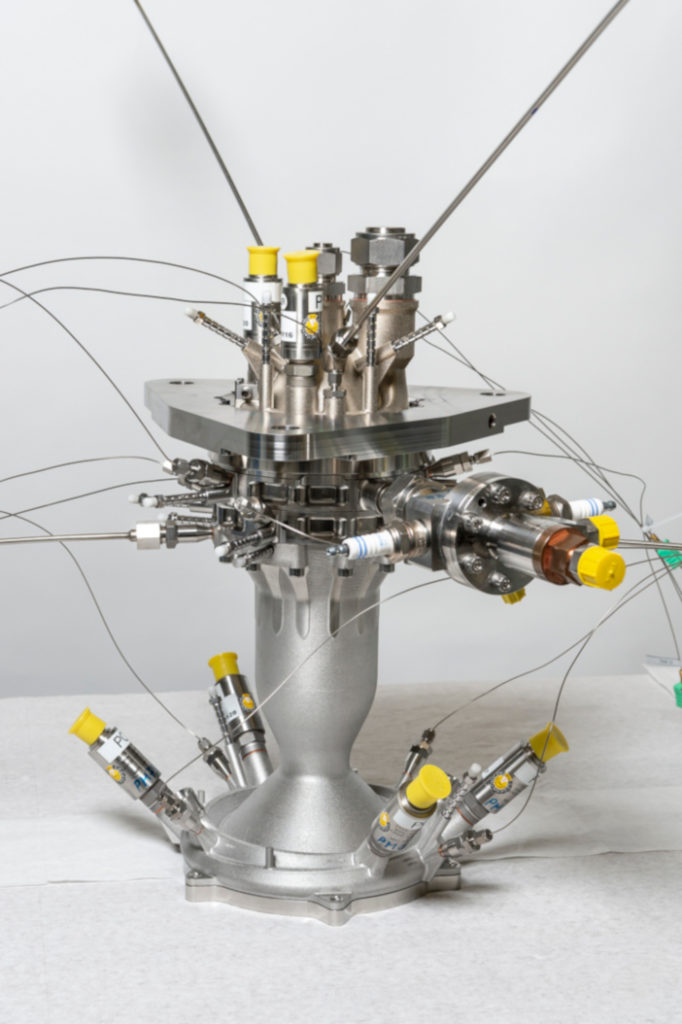 e. Specialization of production is required, with all the ensuing economic difficulties. Controlling the properties of a TTZ at each point in its volume using 3D printing makes it possible to create various TTZs with highly customizable energy characteristics and different dimensions on a relatively small production area for each specific task. nine0003
e. Specialization of production is required, with all the ensuing economic difficulties. Controlling the properties of a TTZ at each point in its volume using 3D printing makes it possible to create various TTZs with highly customizable energy characteristics and different dimensions on a relatively small production area for each specific task. nine0003
Thirdly, in the general case, the TTZ combustion surface area:
where P(x) is the combustion surface perimeter in the section perpendicular to the longitudinal axis of the charge.
That is, in order to increase the TTZ combustion surface area, on which the solid propellant rocket engine pressure and, as a result, thrust, depend, it is necessary to increase the curvilinearity of the TTZ cross-sectional profile. On fig. 1 shows a TTZ with a complex profile printed on our 3D printer.
The existing technologies for the production of solid propellant charge (SPC) are limited in the creation of complex profiled SPC, which limits the energy characteristics of solid propellant rocket engines.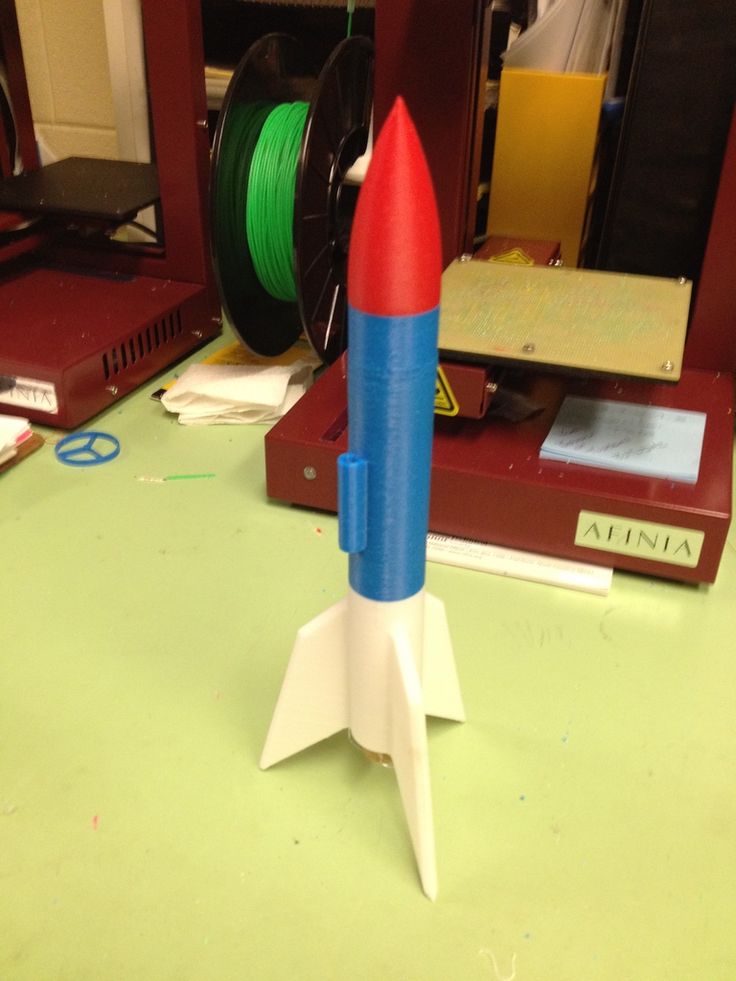 To complicate the curvilinearity of the TTZ cross-sectional profile, a wide range of technological equipment is required. nine0003
To complicate the curvilinearity of the TTZ cross-sectional profile, a wide range of technological equipment is required. nine0003
Even at the dawn of astronautics, engineers developed a number of complex forms of TTZ (Fig. 2), but technologically they could only implement them as experimental samples. Therefore, due to the relative ease of manufacture, the most common type of cross-sectional profile for a solid propellant rocket motor today is a hollow cylinder with a round hole in the center, a typical example of which is the Space Shuttle System solid propellant booster (Fig. 3). By the way, even with such a simple geometry of the combustion channel, the “sidewall” of the Space Shuttle is the most powerful rocket engine in the history of mankind. But what happens if you make a slightly more complex profile using 3D printing in the same form factor? nine0003 Fig. 1 - An example of a complex TTZ profile printed on our 3D printer 2 — Dependence of thrust profiles on the curvature of the TTZ combustion channel 3 - "Side" Space Shuttle
Fourthly, 3D printing itself is the most robotic technology. For 3D printing, there is no need for a large number of workers in order to assemble / disassemble numerous technological pins, needles and mandrels; wash the mixing tank; cut off excess fuel, etc. Therefore, this technology is much safer. The level of manual labor involved in pouring fuel can be seen in this excellent video. nine0003
For 3D printing, there is no need for a large number of workers in order to assemble / disassemble numerous technological pins, needles and mandrels; wash the mixing tank; cut off excess fuel, etc. Therefore, this technology is much safer. The level of manual labor involved in pouring fuel can be seen in this excellent video. nine0003
Fifthly, additive manufacturing technologies make it possible to digitalize the manufacturing process of TTZ, which, in turn, will allow, for the first time, to introduce adaptive business processes of the third wave in the rocket and space industry.
By itself, managing the pairing of each point of the TTZ volume by layer-by-layer synthesis makes it possible and economically justified to widely use digital twin technology, IoT elements and machine learning to improve the quality of the production process. nine0003
Particular attention was paid to safety in our project. The design includes many technical solutions that ensure the safety of the process: from modification of the fuel composition to an armored capsule for a few personnel who control the printing.
These are the main advantages of the technology of additive production of TTZ from mixed propellant.
Of course, we are not alone in seeing all these advantages of this technology. In addition to our modest project, this technology, judging by open sources, is being worked on in the USA, Great Britain, the Netherlands and China. nine0003
In the US, several major research institutes are doing this, such as the Institute of Combustion, Raytheon Technologies Corporation, and a number of technology start-ups of various levels, some of which are commissioned by DARPA, whose visible results are still classified.
On the other hand, a start-up that prints plastic fuel for hybrid rocket engines (HRE) is openly showing its results to everyone. Through 3D printing, they have improved the energy performance of the gas turbine engine. nine0003
In general, the Americans are developing this technology under at least two defense contracts: the first is the concept of on-demand payload delivery in the shortest possible time to a given orbit, and the second is a concept that they call “ROCKET FACTORY IN-A- BOX", and according to our project "Expansion" - Autonomous Rocket Plant (ARZ), which I will write about in a separate article - about how 3D printing technology radically transforms the current technological order that has developed in the rocket and space industry, and in particular how additive manufacturing of rocket fuel will change the battlefield (if the editors of Habr give the go-ahead on such a topic).